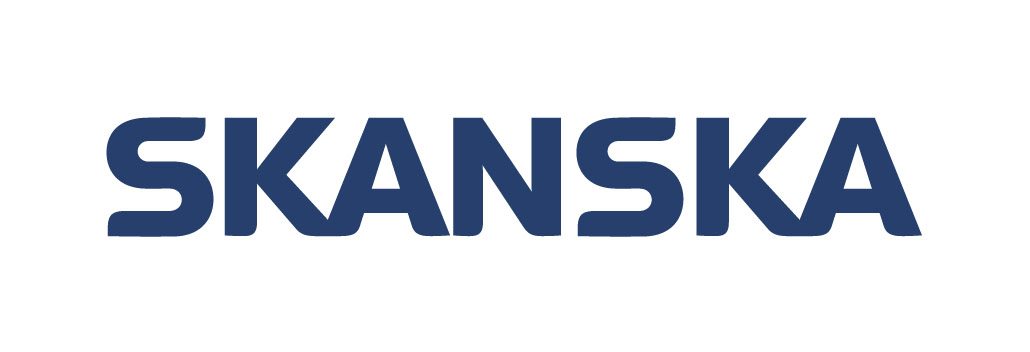Q & A with Warren Goodall, Business Development Manager, Midland Lead Healthcare
Small practices and contractors who are not experienced in radiation protection often need guidance in the correct fitting of lead-lined boards. Here’s a brief explanation on the use of battens and fillets and why they are essential accessories.
Q: Why are battens and fillets used?
A: Lead battens and fillet backing strips are used to ensure continuous shielding at the point at which boards meet, as well as door, window, floor and ceiling junctions. They are essential in preventing radiation leakage into unprotected areas.
Q: How are they applied?
A: Single sided lead battens are applied to an existing wall structure using standard construction techniques. Lead battens perform the same function as standard battens with the important advantage of providing continuous shielding at the edges where the boards meet. Battens are typically 50mm x 25mm.
Fillet backing strips (or lead strips) are rolls of lead that can be fitted to wooden battens or a partitioning frame. Like lead battens, the role of lead fillets is to ensure continuous shielding. They are therefore applied at the point at which boards meet or at other junctions including doors, ceilings or corners. For flat board joints these are typically 50mm wide and run to the full height of the shielding overlapping with the lead on the boards. For corners a fillet of 100mm is commonly used. These fillets wrap around the corner between the structure and the lead-lined boards ensuring an overlap with the lead on the boards.
Q: What is the required specification?
A: An appointed RPA must be consulted for final advice prior to installation of any radiation protection and will specify the correct thickness of lead which is required for your facility.
Fillet backing strips are provided in 50mm or 100mm wide rolls and are typically supplied in the same length and code as the lead-lined boards.
When an RPA has specified a lead equivalence of code 7 or more of shielding then it may be necessary to use a batten with two faces of lead. This ensures that there is no direct route via the fixing through the shielding. In such instances, the batten is fixed to the stud wall through one layer of lead, the lead boards are then fixed to the batten through the opposite lead face. It may be necessary to cover the head of the fixing with additional lead.
If you have any queries regarding the correct fitting of lead-lined boards, please contact us at +44 (0)1283 224 555 or healthcare@midlandlead.co.uk and we’ll be happy to provide you with technical guidance.



